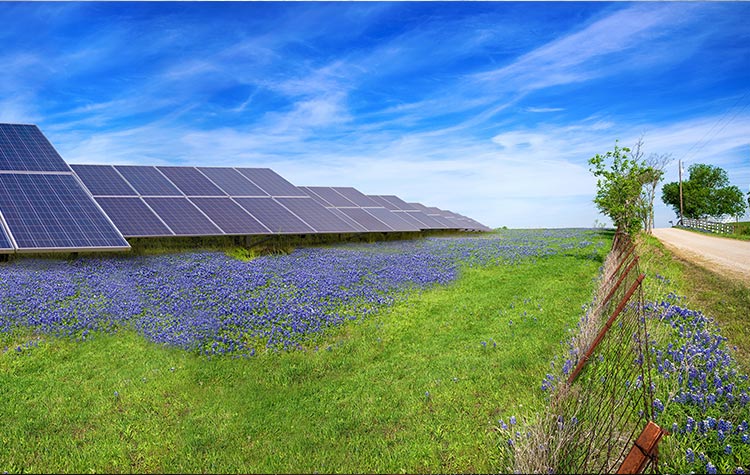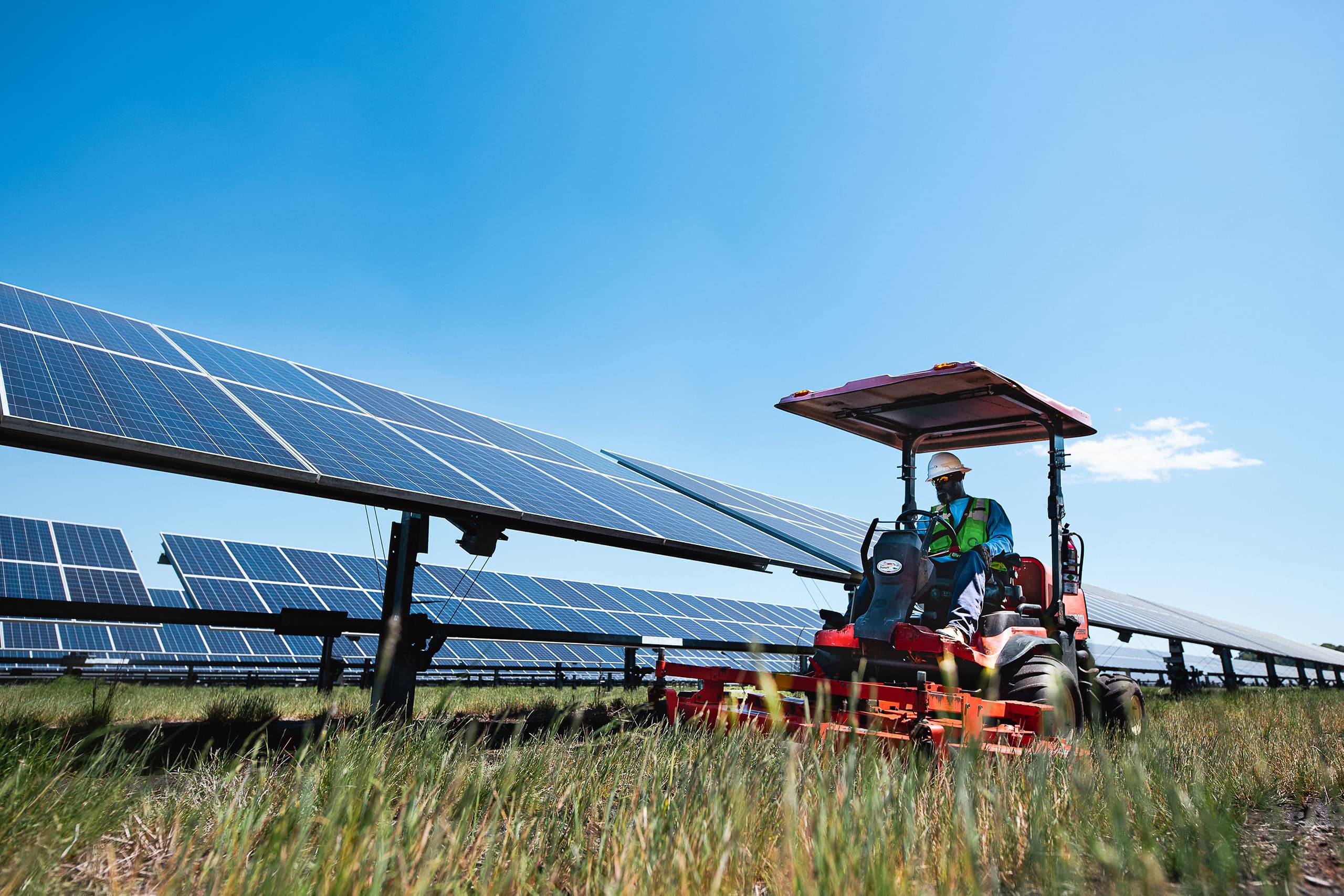
Vegetation Management
We tame more than 25,000 solar acres a year—bringing nationwide muscle and site-specific precision to vegetation management that protects production and keeps costs in check.
What Is Vegetation Management at Cypress Creek?
Vegetation Management at Cypress Creek is a turnkey program that keeps grass, weeds, and woody growth from stealing your irradiance—or your budget. Whether you need a one-time, purchase-order mow or a multi-year, full-service contract, we flex to fit your commercial model.
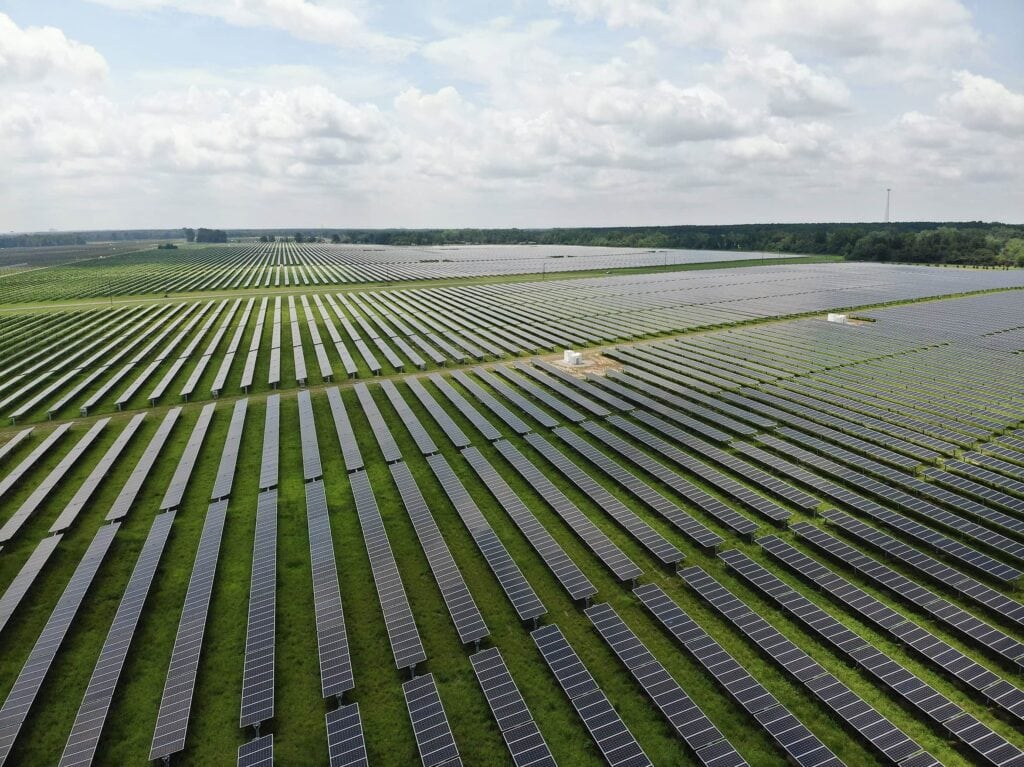
Why Cypress Creek Solutions for Vegetation Management?
Vegetation requires constant attention and is a leading contributor to overall operating costs.
Bulk purchasing, multi-site routing, and integrated O&M visits squeeze the most value from every mowing and spray dollar—cutting vegetation spend without cutting corners.
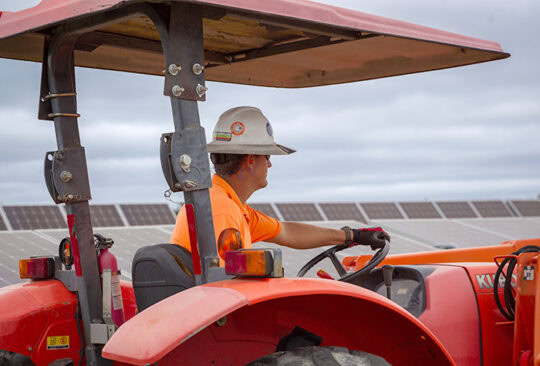
Our agronomists design prescriptions for each asset’s soil, climate, module height, and land-use constraints—from low-grow seed mixes to pollinator habitats—so plants stay in check and compliance stays intact.
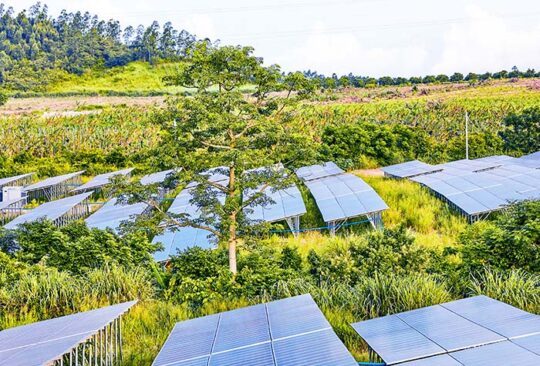
OSHA-certified operators wield PV-friendly equipment and precise herbicide methods that prevent broken glass, wiring damage, and soil compaction while keeping people and wildlife safe.
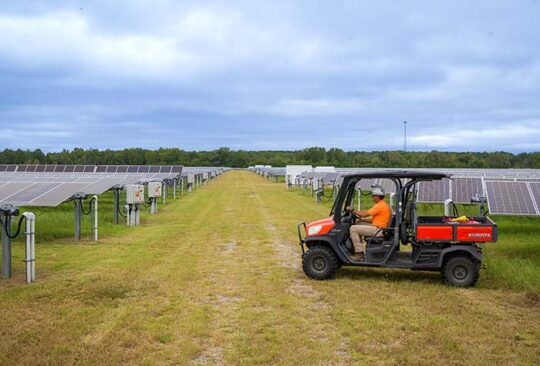
Dry vegetation acts as fuel, increasing the potential for a thermal event.
Strategic vegetation heights, fire-break buffer zones, and special attention to critical components on site reduce heat-related derates and wildfire risk.
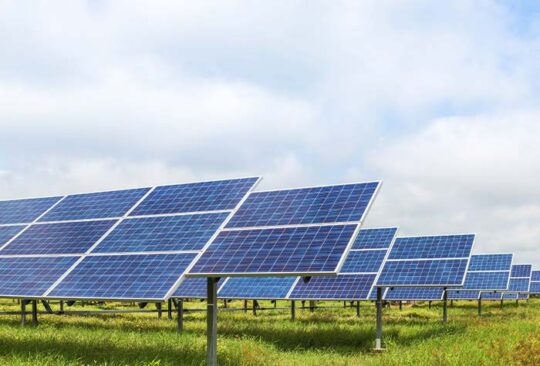
Cost-Smart Stewardship
Vegetation requires constant attention and is a leading contributor to overall operating costs.
Bulk purchasing, multi-site routing, and integrated O&M visits squeeze the most value from every mowing and spray dollar—cutting vegetation spend without cutting corners.

Site-Specific Programs, Not One-Size-Fits-All
Our agronomists design prescriptions for each asset’s soil, climate, module height, and land-use constraints—from low-grow seed mixes to pollinator habitats—so plants stay in check and compliance stays intact.

Safety-First, Asset-Protecting Crews
OSHA-certified operators wield PV-friendly equipment and precise herbicide methods that prevent broken glass, wiring damage, and soil compaction while keeping people and wildlife safe.

Built-In Thermal Risk Mitigation
Dry vegetation acts as fuel, increasing the potential for a thermal event.
Strategic vegetation heights, fire-break buffer zones, and special attention to critical components on site reduce heat-related derates and wildfire risk.

How We Work
Fire Safety
All of our vehicles carry 20-pound and 2.5-pound fire extinguishers. In the event of a declared drought or extreme fire risk, vegetation showing signs of dehydration is cut as low as possible to decrease fire risk.
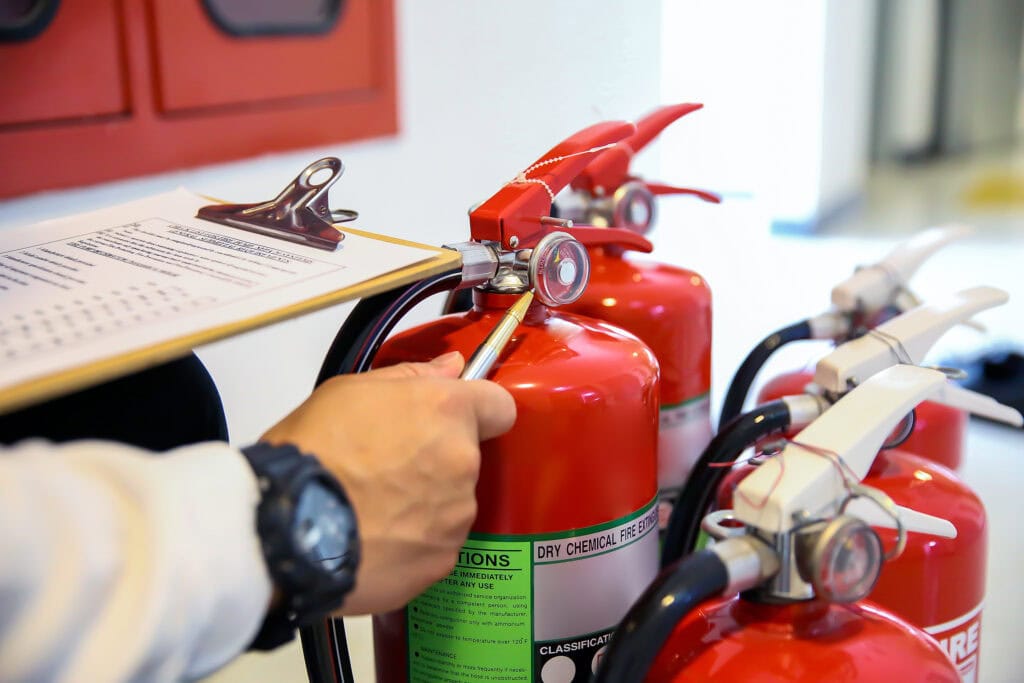
Site Management
Our program is adapted to specific geographical or micro-climate differences instead of a “one size fits all” approach. Growth inhibitors, as allowed by local, state, and federal regulations, are applied to slow growth and promote proliferation of native grass species.
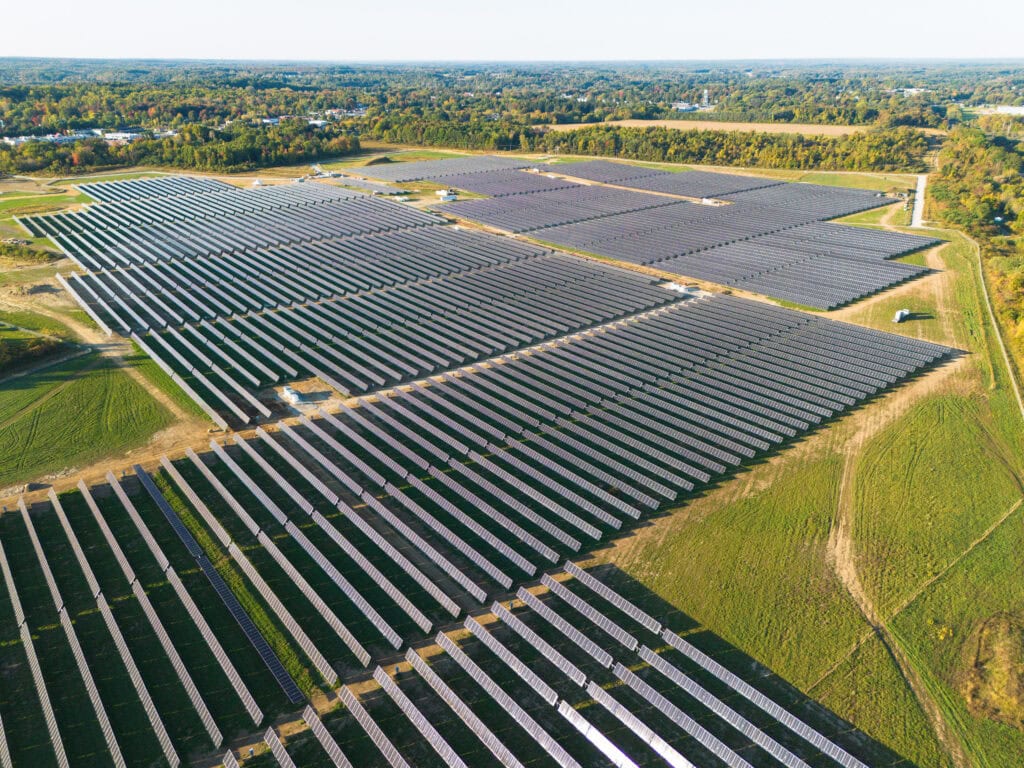
Growth Management
Vegetation height is routinely measured and recorded in our CMS platform on every site visit. Our system tracks work order history, before and after mowing pictures, and mowing trends for accurate budget and mowing forecasting.
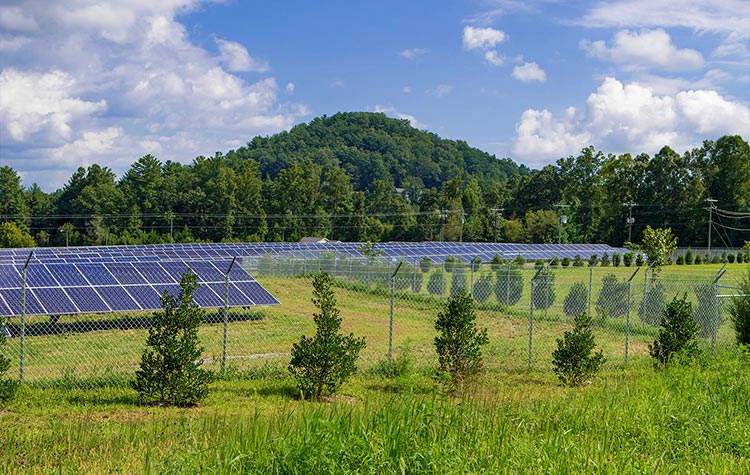
Pollinators and Agrivoltaic Initiatives
Our team has several strategies for managing pollinator and agrivoltaic initiatives as we develop specialized plans for your sites:
Customizable solutions: We offer options including integrated pollinator borders and strategic mowing regimes that support pollinators without compromising efficiency to support potential pollinator habitats.
Minimized and selective herbicide application: When herbicides are necessary, we use targeted application methods and environmentally friendly formulas to reduce the impact on surrounding vegetation and wildlife.
Encouraging native plant growth: In some cases, we may recommend the use of native, low-growing plant species that require minimal maintenance and can help control weeds naturally.
